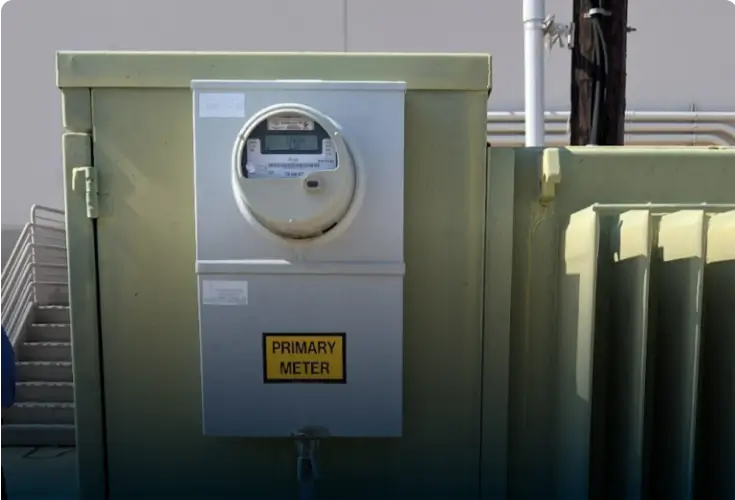Everyone knows the problem.
Even while expectations from tenants, investors and regulators keep rising, operating commercial real estate continues to get more complicated.
In addition to the existential threats of the Delta Variant and experienced operators retiring, there are also more software tools than ever, each of which only serve a narrow purpose.
Ask most asset managers or operations executives and they’ll admit that, when looking at the whole portfolio, the “tech stack” is a mess.
However, there’s a difference between knowing this intrinsically and seeing the facts first hand.
That’s why we partnered with one of our clients and performed a survey of 12M sq ft of assets.
Together, we wanted to determine exactly what the tech landscape looked like and hopefully come out with some actionable insights for budgeting season.
We split the questionnaire into two sections.
- Basic operations, or the technology that helps streamline the processes that have to happen anyway. This includes property management, tenant experience, accounting, rounds & inspections, preventative maintenance, work orders, energy management, ESG reporting, capital planning, and tenant billing.
- Optimization, or the technology that takes things to the next level through end-to-end automation, real-time alerts, and predictive analytics. This covers things like BMS analytics, elevator monitoring, equipment fault detection, leak detection, occupancy tracking, and air quality monitoring.
Manual Processes
Of course, before trying to consolidate siloed technology, it’s important to identify gaps where there is no technology at all.
Despite the rapid adoption of solutions in the past couple years, there are still plenty of workflows being performed on clipboards, spreadsheets or otherwise reactively and manually.

Again, it’s one thing to know this is happening conceptually, it’s another to see it in data.
One of the biggest takeaways was the lack of consistency. It would be easier if we could say that it’s always daily rounds or always monthly tenant utility billing that are done on clipboards and spreadsheets across the portfolio.
Unfortunately, it’s much more of a hodgepodge.
In this particular survey, there were 136 instances of manual processes. The most common categories to find manual processes were ESG reporting, inventory and document management, and tenant billing.
Tech Stack
If the analysis stopped at identifying manual processes and then using a tool like the Buyers Guide to Operations Technology for CRE to find the solution that fit best, this would be relatively straightforward.
However, that is not the case for most portfolios - there are often dozens of vendors within each building, and even several being used for the same category across the portfolio. We saw in our survey up to 13 different vendors for energy management and another 13 for tenant utility billing.
Overall, we saw an average of five technologies being used for basic operations and about 50 vendors total being used across the 53 building assets.
This is obviously suboptimal when trying to understand performance at the portfolio level, standardize processes and technology budgeting, and break down silos between operations, asset management and property management.
Ideally, there would be two or three vendors across a portfolio, on which numerous functions could be managed in a single place. Not only does this simplify relationship management, logins, and subscriptions, it is the only way that a holistic view of the portfolio can be attained.
Consolidation

To untangle this mess, you first need to gather the baseline data.
Knowing how many vendors are being used, prices, use cases and satisfaction, as well as knowing which processes are done manually is critical to remain competitive.
By knowing which tasks are done manually, you can identify the low-hanging fruit opportunities. By knowing which vendors have the least satisfaction, you can prioritize where to consolidate in a platform. When you know prices, you can benchmark and ensure that outliers are identified and scrutinized.
Gathering this data is the critical first step to start to reduce costs, reduce your total number of vendors and cut out poorly rated ones, and save staff time. Understanding the entire portfolio is critical - different buildings will have different vendors, prices, satisfaction even for the same technologies.
To make this data gathering easier, we have created a survey that is free and being used by some of the largest and most sophisticated operators. Check out our Portfolio Survey Template, which we will white-label for your organization for free.
CASE STUDY
Top 10 Global Asset Management Firm deploys Enertiv to get 100% utility data coverage across 100+ industrial sites
Light at the end of the tunnel
If you’ve made it this far, you’ve likely realized that implementing a utility data collection system in-house involves much more than installing meters and connecting APIs.
Yes, it’s possible to build it from scratch.
But it takes time, resources, and a learning curve that’s hard to fully anticipate.
Unless this is your core business, you’ll likely spend years learning lessons we’ve already paid for — through failed installs, messy integrations, and countless conversations with teams with real-world demands.
What may seem like a straightforward checklist today was, for us, a long path marked by challenges and meaningful breakthroughs.
Today’s sustainability leadership depends on speed and data precision. If you’re serious about hitting decarbonization targets, every delay in collecting accurate utility data is a missed opportunity.
That’s why going through this entire build process internally can actively slow your energy transition.
You don’t need to start from zero to reach net zero. You just need to avoid the mistakes that stall everyone else.





%20consider.webp)
